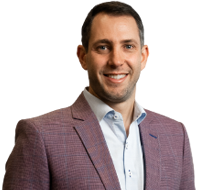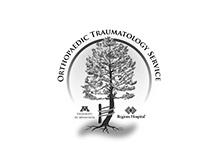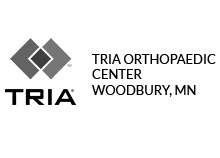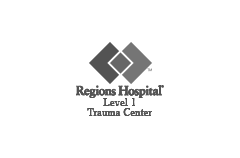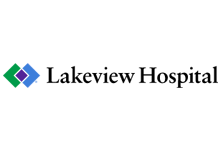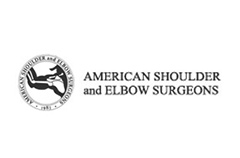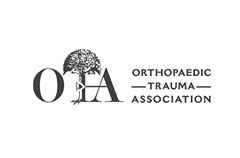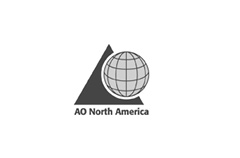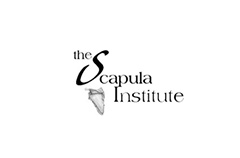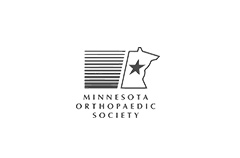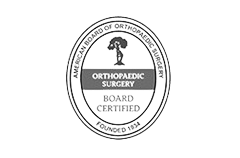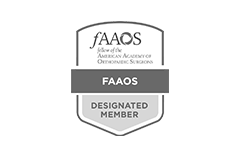Healthcare News
Enhancing Healing of Massive Rotator Cuff Tears: A Radiographic Evaluation of Bridging Allograft vs. Maximal Repair - A Randomized Control Trial
The purpose of this study was to compare the radiographic results of bridging rotator cuff reconstruction (BRR) with dermal allograft and maximal repair for large or massive, irreparable rotator cuff tears.
When Not to Have Rotator Cuff Surgery
Rotator cuff tears may require surgery to repair, but they can often heal with rest, physical therapy, and medication when needed. Discuss with your orthopedist when to have or not have rotator cuff surgery.
What to know about a biceps tendon tear at the shoulder
A biceps tendon tear occurs when the tendon completely or partially severs from the bone. When the tear occurs at the shoulder, a person may experience pain and lose some strength in their arm.
The 4 Stages of Frozen Shoulder
The four stages of frozen shoulder include pre-freezing, freezing, frozen, and thawing. These terms describe the typical progression of the condition from early symptoms to recovery.
PRP may offer longer-term improvements, pain relief vs. corticosteroids for tennis elbow
While both corticosteroids and platelet-rich plasma may be effective treatments for patients with lateral epicondylitis, or tennis elbow, PRP may offer longer-term functional improvements and pain relief, according to published results.

